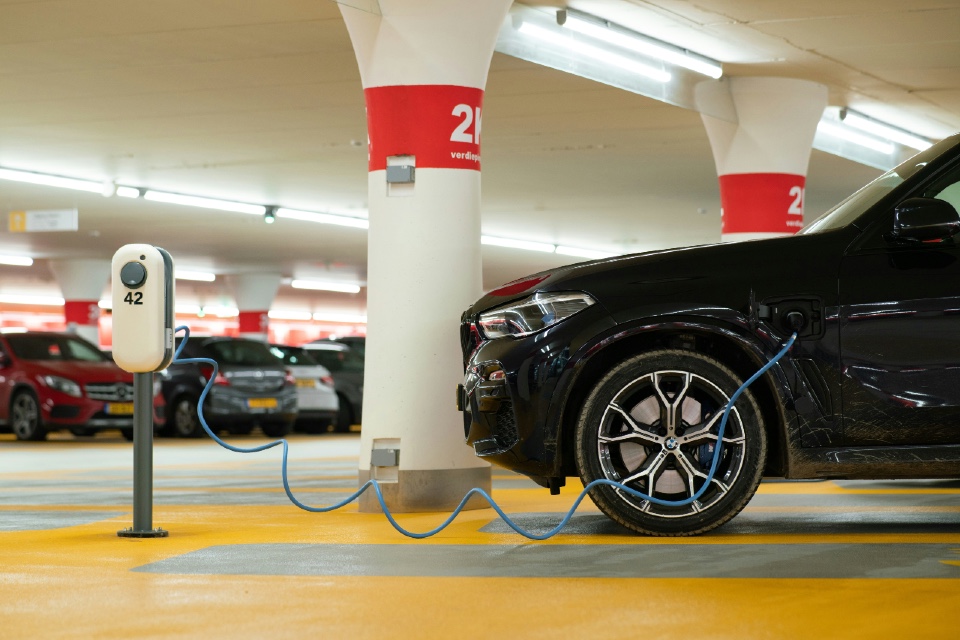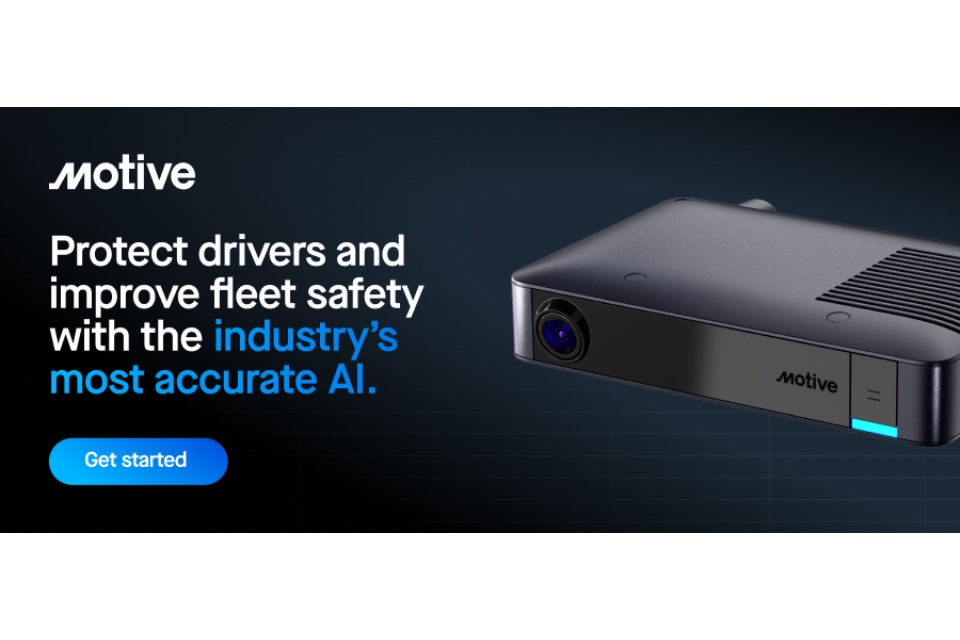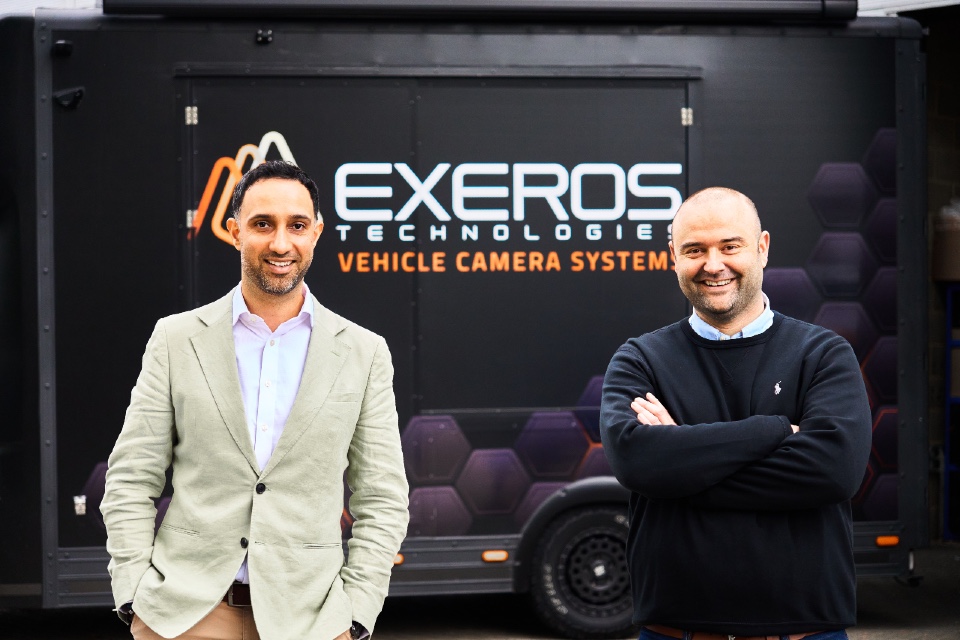Fleet managers across industries are under increasing pressure to transition to electric (EV) and hybrid vehicles. With government incentives, regulatory changes, and growing consumer demand for sustainability, we’re set for a critical year for fleet electrification. However, making this shift presents logistical, financial, and operational challenges. Here’s a guide to navigating these challenges…
1. Overcoming Infrastructure Challenges
One of the primary barriers to fleet electrification is ensuring the right charging infrastructure is in place. Unlike traditional fuel fleets, EVs require strategic charging access to maintain efficiency. Key considerations include:
- On-site charging stations – Installing dedicated EV charging points at depots or offices allows for overnight charging and reduces reliance on public infrastructure.
- Public and destination charging – For fleets that operate long distances, access to fast-charging networks along key routes is essential.
- Smart energy management – Implementing load balancing ensures that charging multiple vehicles doesn’t overwhelm electrical capacity or increase costs.
Fleet managers should partner with EV charging infrastructure providers to develop tailored solutions based on fleet size, operational patterns, and energy needs.
2. Addressing Range Anxiety and Route Planning
Range anxiety—the fear of running out of charge—remains a significant concern for fleet operators. Unlike fuel-powered vehicles, EVs require strategic route planning to optimise battery life and ensure reliability.
Solutions include:
- Telematics and route optimisation software – AI-powered fleet management systems help determine the most energy-efficient routes, avoiding unnecessary stops and extending battery range.
- Hybrid adoption as a bridge – Until EV infrastructure is fully developed, plug-in hybrid electric vehicles (PHEVs) provide a compromise, allowing fleets to reduce emissions while maintaining flexibility.
- Battery performance tracking – Monitoring battery health and charging patterns helps fleet managers schedule maintenance and avoid unexpected downtime.
3. Managing Costs and ROI Considerations
Transitioning to EVs involves significant upfront investment, but long-term cost savings from fuel, maintenance, and tax incentives can outweigh initial expenses.
Fleet managers should explore:
- Government grants and incentives – The UK government offers funding for EV charging infrastructure and vehicle subsidies, reducing transition costs.
- Total cost of ownership (TCO) analysis – Comparing EV costs with traditional vehicles helps justify investments based on savings in fuel and maintenance.
- Leasing and financing options – Many suppliers offer flexible leasing models to spread costs over time while upgrading fleets to the latest technology.
4. Partnering with Leading EV Solutions Providers
Choosing the right EV suppliers, charging networks, and telematics providers ensures a smooth transition. Working with industry leaders can help fleet managers implement customised charging strategies, predictive maintenance tools, and scalable fleet electrification solutions.
Conclusion
Transitioning to EV and hybrid fleets is no longer a question of “if” but “how.” By addressing infrastructure, range concerns, and cost management, fleet managers can create a sustainable, efficient, and future-proof fleet strategy that meets both business and regulatory goals. With the right partners and technology, the shift to electrification will drive long-term savings, lower emissions, and improved operational efficiency for UK businesses.
Are you searching for EV & Hybrid Vehicle solutions for your organisation? The Fleet Summit can help!
Photo by Michael Fousert on Unsplash







